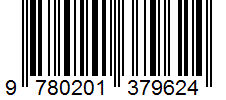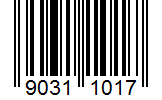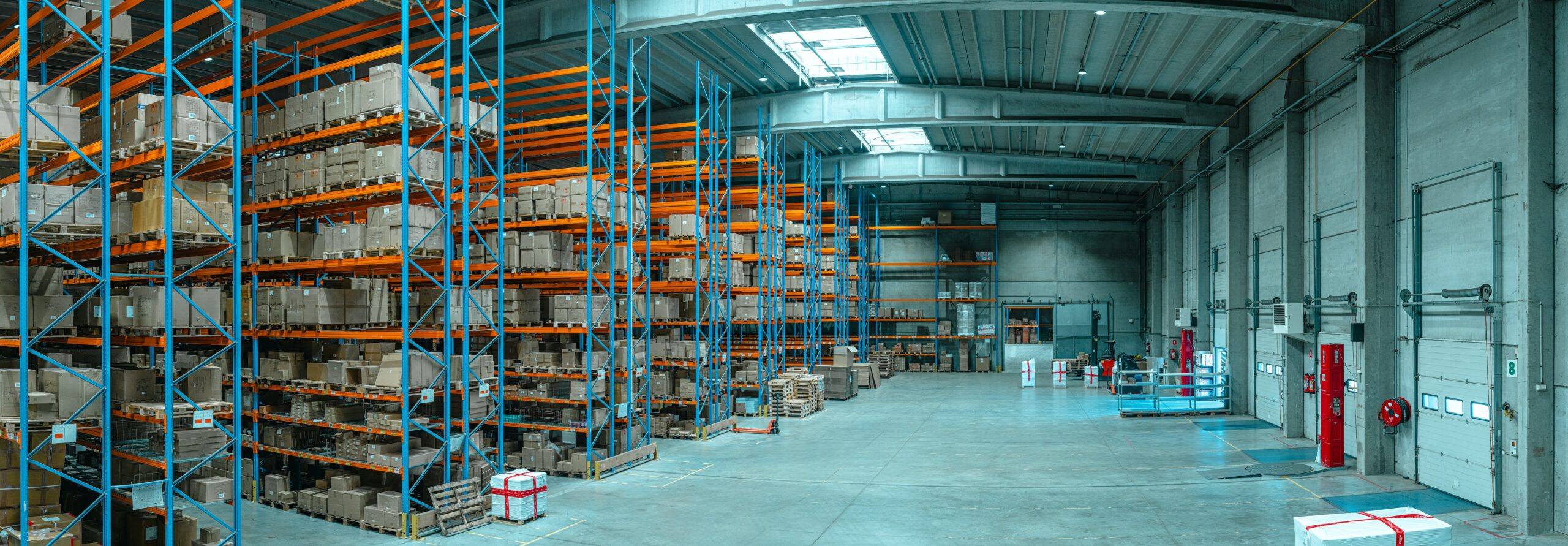There are different formats of barcodes known as barcode symbologies. For retail, you have your GS1 barcodes. GS1 was founded in 1977, GS1 is an international not-for-profit association dedicated to the development and implementation of global standards and solutions to improve the efficiency and visibility of supply and demand chains globally and across multiple sectors. The GS1 System of standards is the most widely-used supply-chain standards system in the world. Australia and Europe employ the EAN barcode symbology where the U.S. employ the UPC barcode symbology.
Commonly used 1D barcodes are:
EAN-13 and EAN-8
Let’s kick off with two barcodes that should look very familiar to you if you live outside the United States. They are found on each consumer product, for example on groceries, DVDs, clothing etc. that are being scanned at a POS (Point-of-Sale).


While EAN-13 (comprising 13 digits) is the default form factor, you’ll find EAN-8 (covering 8 digits) barcodes on products where only limited space is available, for example on small chewing gum packages.
UPC-A and UPC-E
The UPC barcodes are very similar to the EAN codes mentioned above. They nearly look the same as their EAN counterparts.Though the most important distinction between UPC and EAN codes is their geographical application. UPC codes are mainly used in the United States.
Code128
The Code128 barcode was invented more recently. The number 128 in its name does not refer to the number of digits it can hold but hints at the fact that it can hold any character of the ASCII 128 character set. That includes all digits, character and punctuation marks. This broad range of characters that you can use makes it very powerful as it enables you to store diversified information in the barcode. It is also fairly compact which gives you a good data storage to size ratio.
It is mainly used in logistics for ordering, distribution and transportation. All in all it is geared towards non-POS products.

The Code39 (or often referred to as Code 3 of 9) symbology allows the use of digits and characters. Its name originates in the fact that it could only encode 39 characters (in its most recent version the character set has been increased to 43 characters). It is not as compact as the Code128 symbology, and is a common barcode used by companies internally. You can also find a free version of Code 39 on the net.
ITF-14
This symbology is a mix between the POS codes we’ve presented you at the beginning and the logistics barcode Code128. It’s mainly being used in trading as well, but only on products that need no POS interaction. Since it can deal with high printing tolerances, it is a good choice when barcodes need to be printed on corrugated cardboard.

The specifications of this symbology force the usage of a 14-digit number. The more generic 2 out of 5 specification that uses the same symbology encoding is not limited to 14 digits.
2D barcodes are also becoming more prevalant as they have the ability to hold much more information other than a number. Actually, 2D barcodes can store over 2000 characters.

Contact us for more information at – [email protected]

